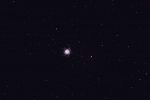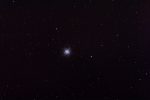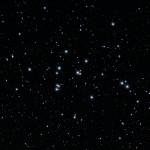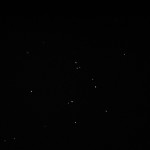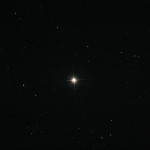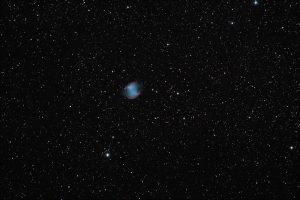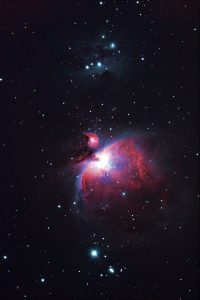It’s been fairly eventful the last couple of weeks. With the Christmas holidays there was of course little time for observing with anything more sophisticated than Ye Olde Mk. 1 Eyeballs. After Christmas I took advantage of a warm night and set my mount up for a little testing after installing my Warps Drive upgrade to replace the factory gears with a toothed belt system. Many people have used them with a great deal of improvement over the factory Meade gears but I’m not entirely convinced yet. So far they’re a bit springy at tensions that actually permit the mount to move easily but I digress.
I’ve had some recent electrical issues to compound the mechanical ones which did nothing to help my esteem. With the obvious mechanical issues resolved I managed to blow the Declination axis circuit board. I didn’t particularly care to send Meade a reported $130 to $150 for a new drive assembly but I didn’t see much choice. A quick look at AstroMart.com showed that there was traffic in the Meade LXD drive motor assemblies but nothing had been posted in over a month and they all seemed to go pretty quickly. It seems the Dec axis fails more frequently that the RA axis. I’ll have to ponder that one later.
Right now I’ve got the mount set up and snapping pictures of M42, the Great Orion Nebula. I know this target is challenging to process. There is a wide range of intensity across the expanse of the nebula which makes it difficult to visualize the scope of the actual object. A common process is to take several sets of exposures at different lengths and lay one on top of the other in a technique called High Dynamic Range. In previous attempts at M42 I used a specialized astronomical camera. This time I’m using my DSLR. I’ve taken the short exposures necessary to highlight the Trapezium at the center of the nebula and the dark frames needed for that set. I took a longer set to highlight the middle of the nebula. The center of this frame will be covered and blended with the short exposure of the Trapezium. I’m now taking the longer exposures to (*hopefully*) show more of the extended nebula. Unfortunately my home made shutter control cable seems to have picked now as it’s time to fail. I really should have taken it off the prototyping board but it was working well and I didn’t want to jinx it. I’ve got the manual bulb shutter cable plugged into it and the camera set to its maximum 30 second exposure. It should happily click away until I unlock the button to release the shutter. I figure I’ll let it run for 40 minutes or so and get about 70 exposures total of which I expect I’ll be able to use about 60. That should give me good detail for what I can get with only a 30 second exposure. I was planning on running 60 seconds to get a more full view of the nebula but it doesn’t look like that will pan out this time. Oh well, maybe I should just opt for a commercial cable or put it in a proper case. At least I’m not at a dark site where I could be getting 120 or 400 or 800 second exposures.
And to boot, my alignment is absolutely perfect. Naturally it’s going to rain tomorrow so the mount must come back inside.

